It’s been a slow few weeks on the secondary market side of things. Or maybe not slow, but a bit pricey. It’s been nice to drool over a selection of Alex Colville’s studies. If I could. I would. Looking at a study of his paintings is about as impressive as looking at his completed works. With that being said, I want to turn my attention away from the commercial side this month and look at a few artists who have been occupying space in my brain for the last little bit. Eff it - I’ll add a couple of pieces I’d buy if I could right now, too.
I’m currently working on putting together an exhibition here in Paree and had a chance to visit an artist space called POUSH (it’s like “push” but makes you sound French when you say it). The converted perfumery now houses over 270 artists from 40 different countries. It’s like a fever dream walking through the halls and peeking your head into huge rooms with artists at work beneath the 25-foot ceilings, each producing works of the highest quality. The privilege to see the “how” and meet the “who” behind the “what” is transformative - the art takes a different shape - it’s as if you get to see the soul of the work - the moving parts, the gears that become the machine.
As per my Colville study reference, since diving into the brain of my Art History prof, I’ve become more interested in the process, the intent, and the formula of the finished product than I have about the finished product. My prof’s fascination with Conceptual Art, Land Art, and Performance Art has given me a new respect for the movements I used to pay little attention to. The aspects you might not see in the finished product; the reasons behind the material choices, the measured chaos that takes place between the start and the finish of the work - or in the case of an exhibition held at SFU in the 1960s, not using any materials other than language and telepathic thoughts to explain the piece. Absurd and humourous - I used to roll my uncultured eyes at Performance and Conceptual Art but have found the tongue-in-cheekness of it to take the piss out of itself in some scenarios and other scenarios to communicate valuable and meaningful messages. With Conceptual works, the process is everything.
»
Buyer/Searcher Beware: Like milk - these posts can spoil. I’ll try to stay up to date so these works stay fresh!
Whatever the case, or use case that this newsletter might hold, I can only hope that it helps expand your knowledge and love of art.
🥛 🛻 🥛 🛻
There’s one artist in particular that I’ve been telling anyone who would listen about for the past couple of years. This artist became the subject of a back-and-forth a dear friend and I have been having over email for the past few months. We discuss ideas, art, and incredibly niche details about pseudo-famous Canadian rugby players from the mid-2010s. As he discovers art, I make recommendations on artists I’m interested in and in return, he makes recommendations on books I should pick up, as I am making an effort to bookworm myself. One of the artists I’ve recommended is Victoria, B.C.’s own, Paul Nadeau. I found Nadeau’s art through a friend who is a collaborator and amigo of Mr. Nadeau’s, Philippe Bourdeau, who is an independent curator and fantastic writer from Montréal. Bourdeau and Nadeau had an art show out of the back of a cube truck, driving to different locations where they’d invite viewers to walk up the loading ramp and look at the work. I’m still blown away by the level of creativity, quality, and execution that must have been required for this. Very cool. Back to my friend - his take on Nadeau’s work is perhaps an ode to his ability to compress thoughts into short sentences better than most I know:
“I get a weird nostalgic feeling, almost dreamy,
like looking at a life that I've known about, but haven't lived, but
think I want to live, but this impulse of wanting feels sort of dark.
Probably I'm making no sense.” - VG
I think this makes perfect sense. There’s a familiarity to it, like something I saw when I was a kid when my family would visit the Interior of B.C. during the summer. The guns remind me of the rifle my grandpa had in the basement of their house on the Sunshine Coast - the vibrancy of the objects makes them feel like objects of memory; as if you could pick them up right off of the canvas - each object becomes a work unto itself. Nadeau’s work focuses on the relationship between the ruralness of the Canadian landscape mixed with the commercial aspect of the extraction of resources and the byproduct of these two entities trying to coexist. There’s a certain idealization of the areas of Canada that fall outside of the consensus agglomerations; the Wild West, where the traditions of hunting, fishing, and self-sufficiency are thought to thrive. There’s a side to it that’s clearly noticeable as you get deeper into our province which is one of abandonment - the remnants left behind by modern-day prospectors who’ve moved out or onto something else. Nadeau’s work tells this story through his work better than I could ever imagine it.
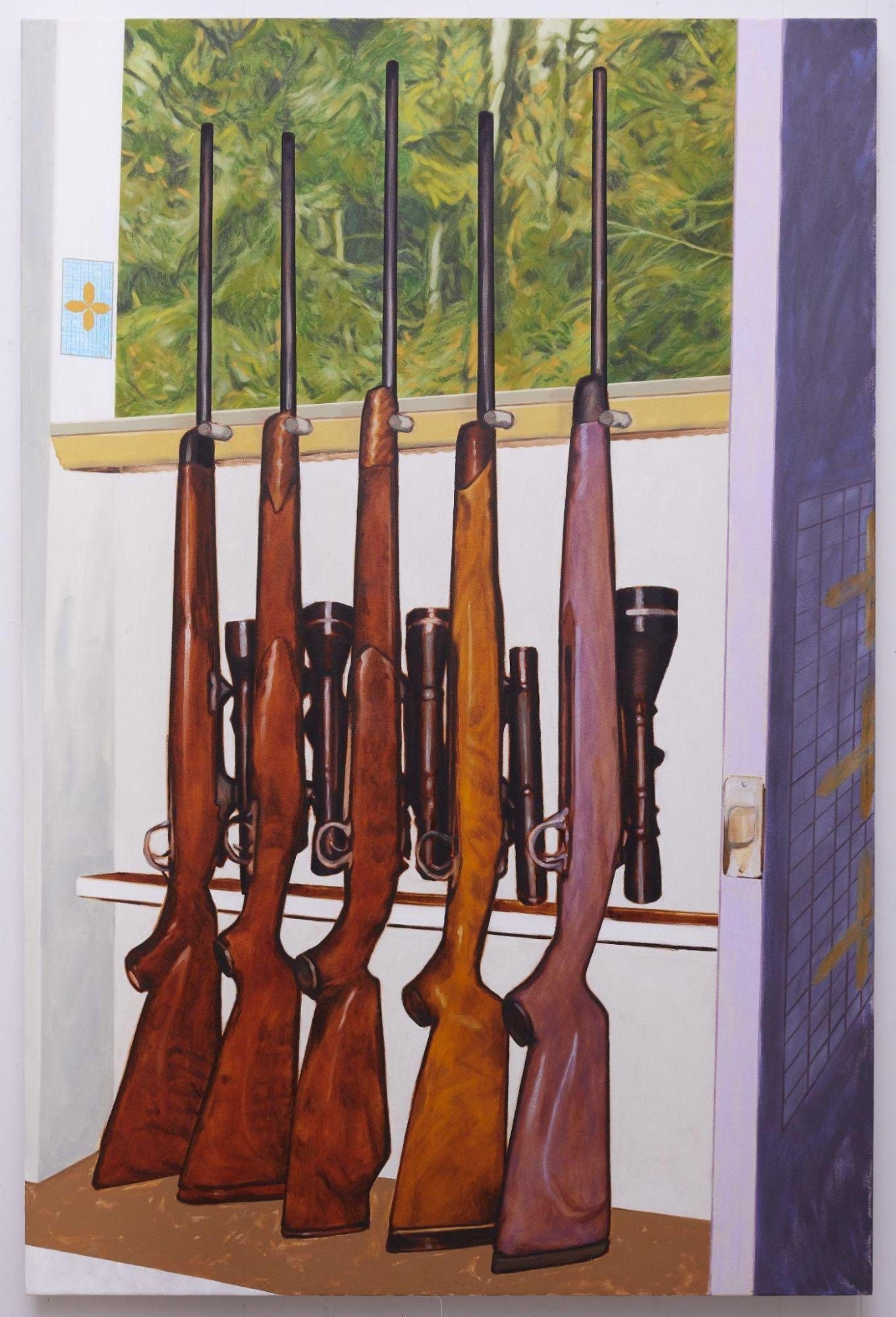
»
| BIO
Paul Nadeau is a painter, printmaker, and luthier originally from Victoria, BC. He splits his time between his painting studio in Montreal and various watery places in BC. Nadeau completed his BFA at Concordia University in 2020. He has since co-founded the Montreal Tailings Program and received funding from the Elizabeth Greenshields Foundation. Most recently, he completed a 9,078 km Road Research Residency which has left him alone and weary, and ready to drive another 4,757 km all the way home (SOURCE)
My exposure to sculpture has increased tenfold over the past six months which means the rabbit hole I’ve been diving down every time I see the work of a sculptor follows suit. I was jazzed to check out the Constantin Brâncuşi exhibition at the Pompidou-doodle-doo a couple of weeks ago and see a lifetime of works on display in all of their glory. The most immense and grand exhibition I’d ever seen. The sculptures and accompanying photographs, paintings, and sketches, filled almost the entirety of the top-floor gallery space. A real doozy by ‘Cuşi. Unfortunately, for whatever reason, you weren’t allowed to touch the artwork. Craşi, I know. Instead of showing a bunch of photos I took of his phallic-looking works, I’ll show two sculptures - one for sale, one not for sale.
The above is a piece that has been in my family for a long time, rightfully so as my uncle is the artist behind it. I have two early tactile memories: the glasses I’d drink out of at my grandparent’s house and running my hands over this sculpture. Feeling the peaks and valleys of it, and how you could recreate the motion with your own hands was something that always fascinated me. It was as if the effortlessly organic shape of this piece in particular made me feel that I was crafting the already finished work - “feeling” the process that had taken place. Previously, I spoke about Sorel Etrog’s work and the beauty I see in those; the more sculpture I look at, the more I’m attracted to pieces I want to touch. Public sculptures are a prime example of how humans interact with art, the way the form changes or erodes is fascinating. The piece below which I garnered from the query: “Public sculpture with a lot of wear” returned an image of FDR and Churchill having a laugh on a bench. The spots of wear on the sculpture are where the fun begins for me, however. You can imagine the countless number of people who’ve squeezed in between the two - hands on knees, arms around their shoulders, rubbing their bellies, whatever - the possibilities are truly endless - the history of interaction is an element of the art that I appreciate the most. Painting unlike sculpture, does not invite the viewer to touch, instead, time and the elements interact on a painting, wearing away the layers, heeding to time. Perhaps I’m being swayed more and more by art which invites rather than art which invites you to the doorstep and tells you they’re actually busy and can’t hangout. I know you can’t touch all sculpture, however as I nearly had a conniption when I saw a toddler fixing to grab hold of one of Brâncuşi’s works the other day. I think I might start a business where museums hire my team of undercover gallery-goers to narc on people who get too close to the artwork.
As promised, a piece that’s for sale. Steven Heinemann’s work is completely new to me. Following suit of the studio practices of the 1960s focusing on process, materials, and technique, his pieces are natural in their finish and their shapes and one in particular caught my eye. Shaped like a wheel of cheese from the planet Mars, Untitled (Disc) looks like something you might find while doing some beachcombing - the perfect rock or the perfectly worn and shaped by years of being tumbled in the ocean by the current (Speaking of beachcombing, here’s an amazing video about a guy in Oregon who has the world’s best beachcombing museum). Unfortunately, I can’t find which edition of the Untitled (disc)’s this is as the auction house seemed to leave out that information. I particularly like the idea of owning this piece solely to run my hand over it. It looks like something you could put down in the middle of the table and stare at it from all angles. The terracotta finish jars a late 90s-early 2000s feel loose in my head. Like those red dirt shirts that seemed to be in every family-owned and operated gift shop in a small seasonal tourist town. His body of work is unique but consistent. Focusing on bowls, closed forms, constructed forms, and discs, each iteration or approach to his pieces has a very extraterrestrial feel to them as if they’ve fallen to earth from somewhere in the cosmos.
»
| BIO




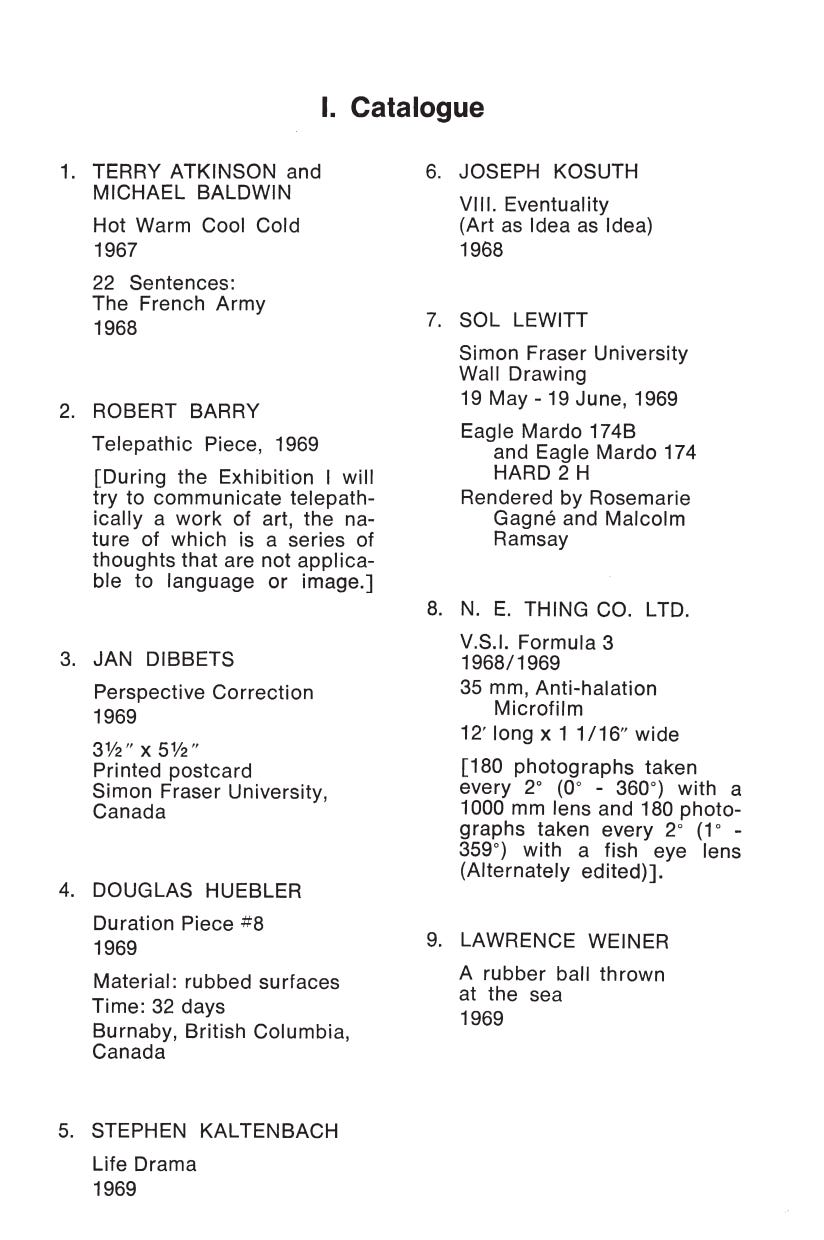
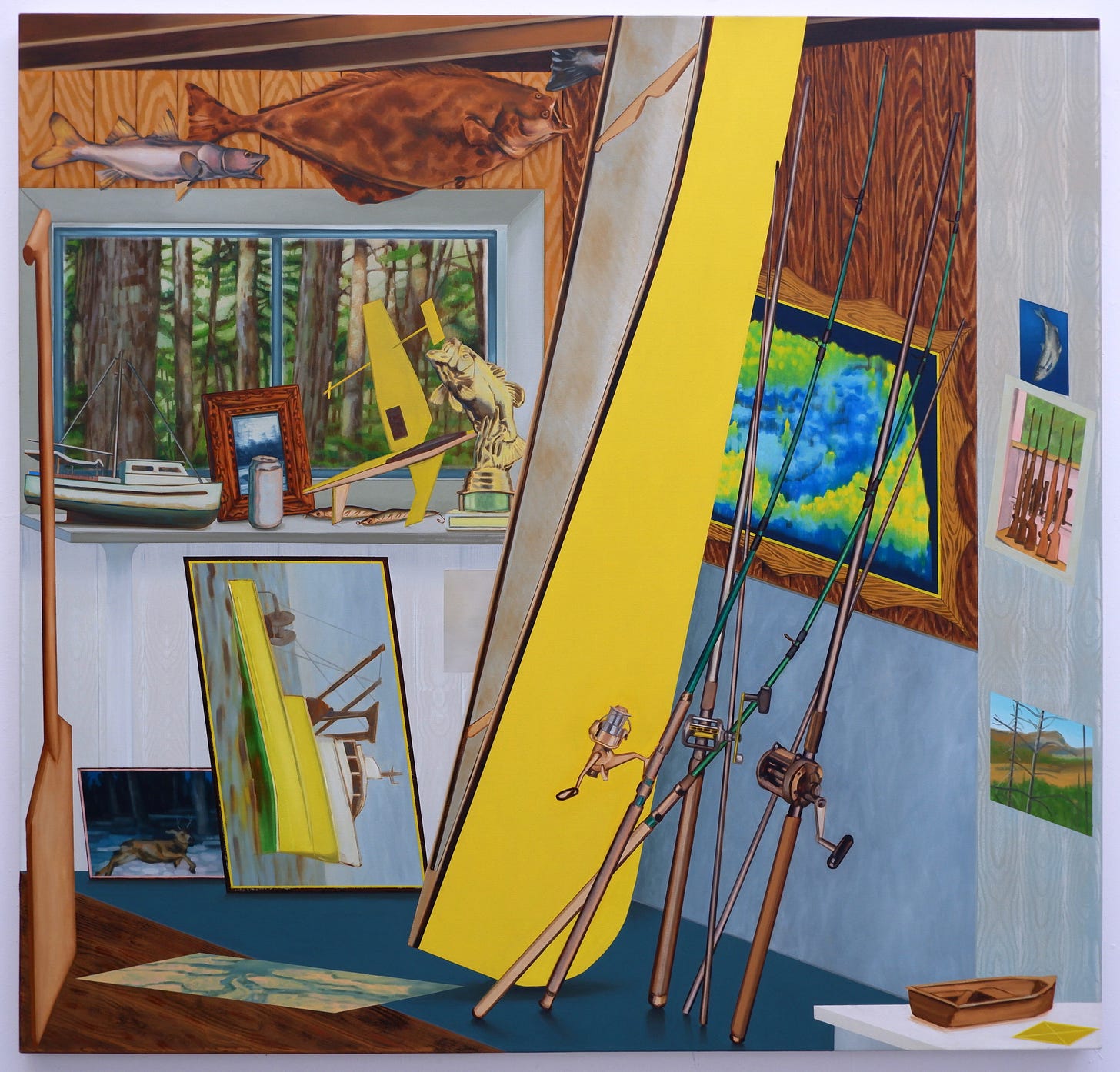
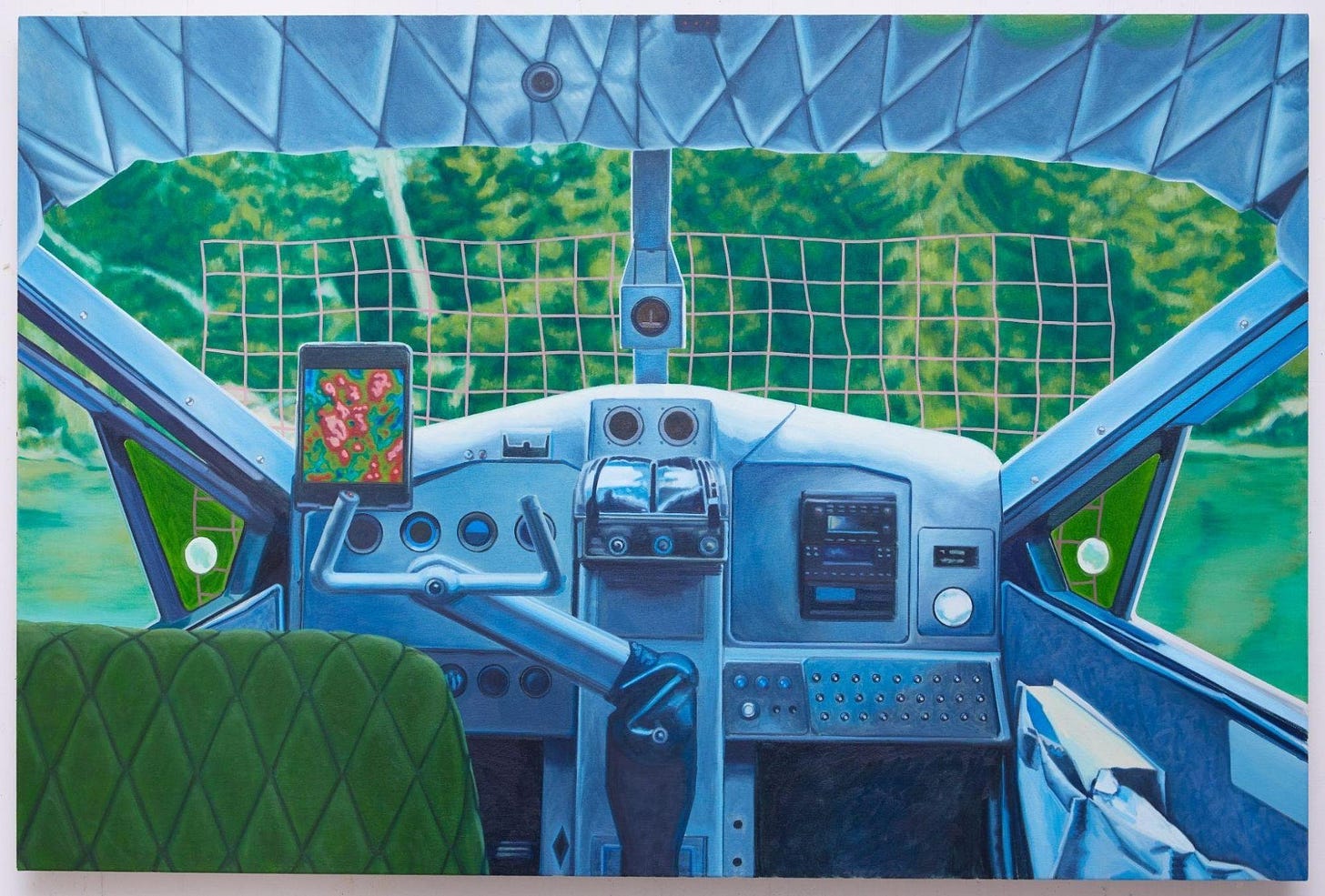
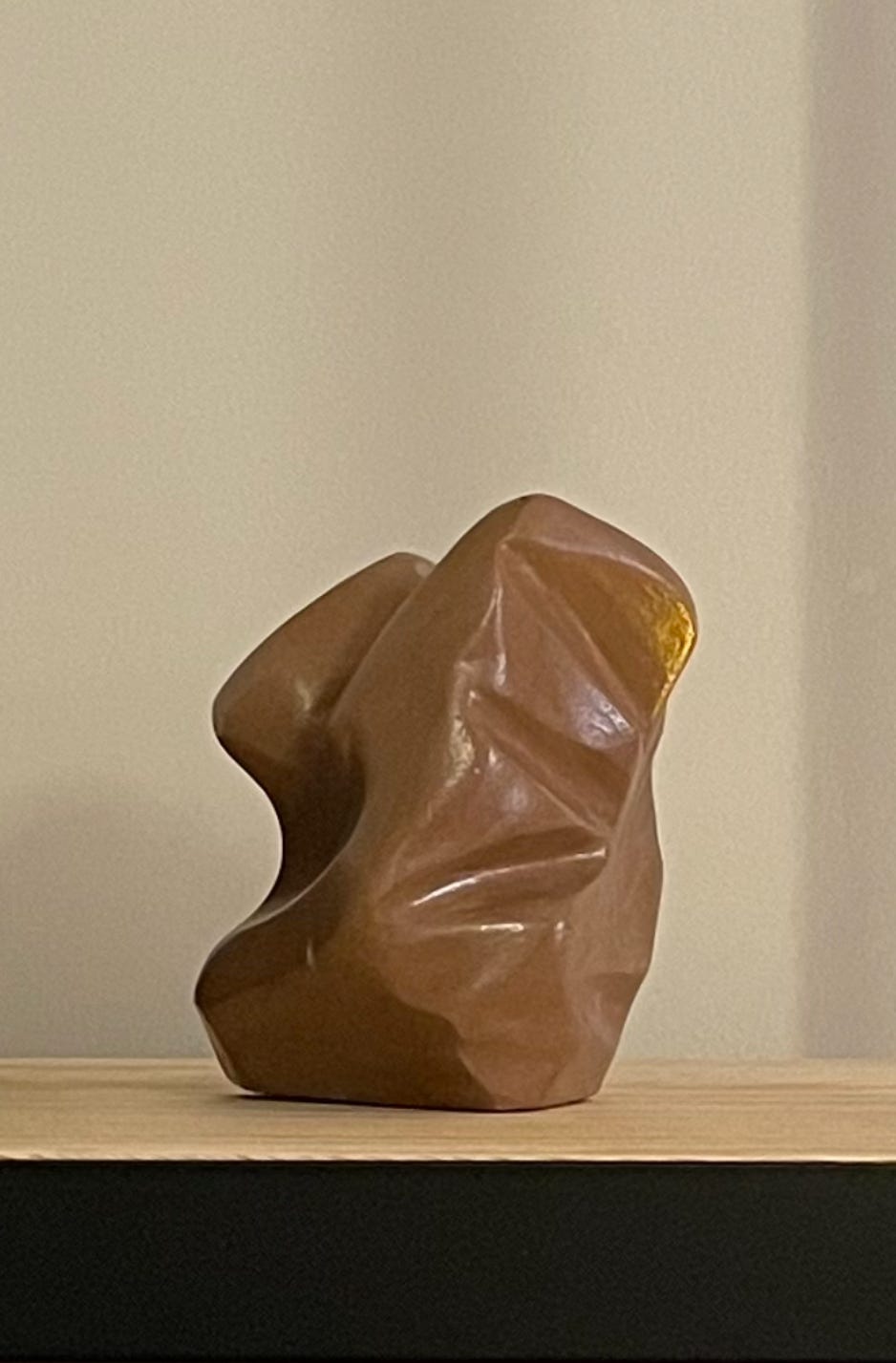
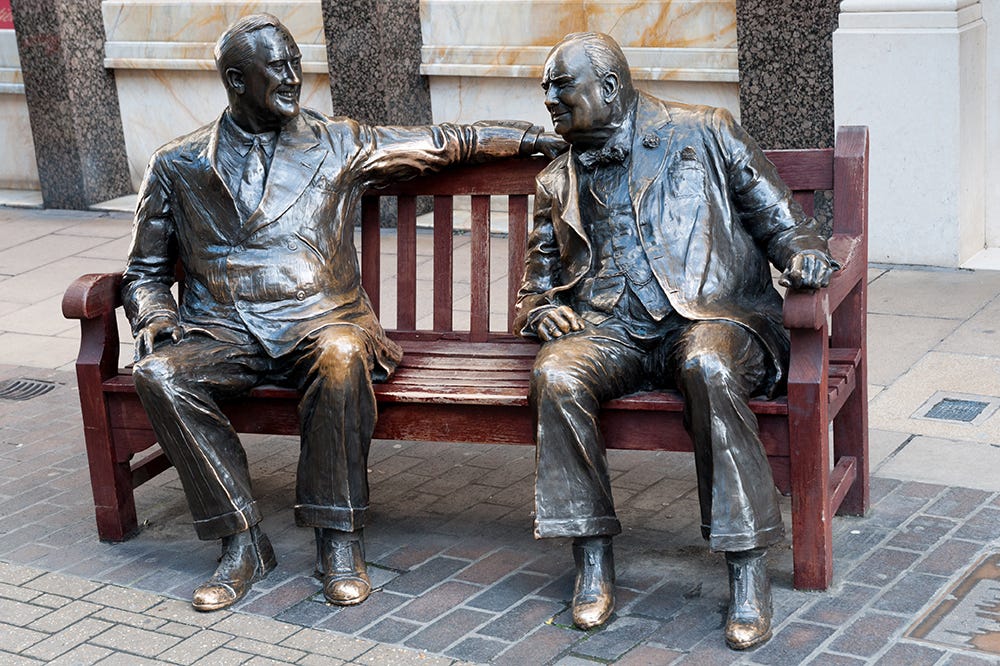

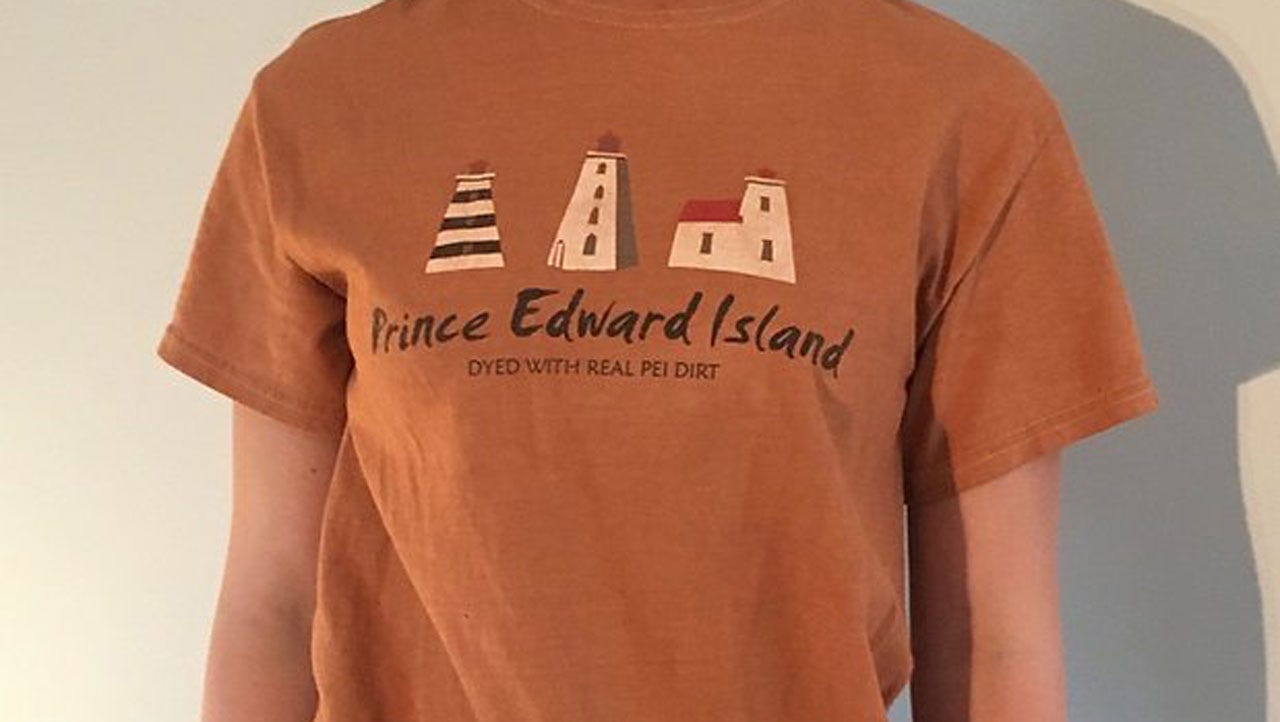
Great insight into sculpture Kevin!